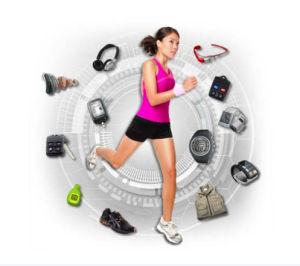We live and work in environments that are inundated with cameras embedded in devices such as phones, tablets, laptops, and monitors. Newer wearable devices like Google Glass, Narrative Clip, and Autographer offer the ability to quietly log our lives with cameras from a `first person' perspective. While capturing several meaningful and interesting moments, a significant number of images captured by these wearable cameras can contain computer screens. Given the potentially sensitive information that is visible on our displays, there is a need to guard computer screens from undesired photography. People need protection against photography of their screens, whether by other people's cameras or their own cameras. We present ScreenAvoider, a framework that controls the collection and disclosure of images with computer screens and their sensitive content. ScreenAvoider can detect images with computer screens with high accuracy and can even go so far as to discriminate amongst screen content. We also introduce a ScreenTag system that aids in the identification of screen content, flagging images with highly sensitive content such as messaging applications or email webpages. We evaluate our concept on realistic lifelogging datasets, showing that ScreenAvoider provides a practical and useful solution that can help users manage their privacy.
翻译:我们生活在和工作的环境里,其摄像机被安装在电话、平板电脑、膝上型电脑和显示器等设备中。更新的磨损装置,如谷歌格拉斯、叙述式剪贴机和自动绘图员等,能够从“第一人”的角度用相机悄悄地记录我们的生活。在捕捉若干有意义和有趣的瞬间时,这些磨损照相机所摄取的大量图像可以包含计算机屏幕。鉴于我们的显示器上可见的潜在敏感信息,需要从不理想的摄影中保护计算机屏幕。人们需要保护,防止其屏幕摄影,无论是用其他人的照相机还是用他们自己的相机。我们介绍ScreenA避险者,这是一个用计算机屏幕及其敏感内容来控制图像的收集和披露的框架。ScreenA 避险者可以用计算机屏幕来检测图像,并且甚至可以对屏幕内容进行区分。我们还引入了一个SempleTag系统,用来协助识别屏幕内容,标记出高度敏感内容的图像,例如电文应用程序或电子邮件网页。我们评估了我们关于现实生活博客用户的概念,显示他们的隐私解决办法。





